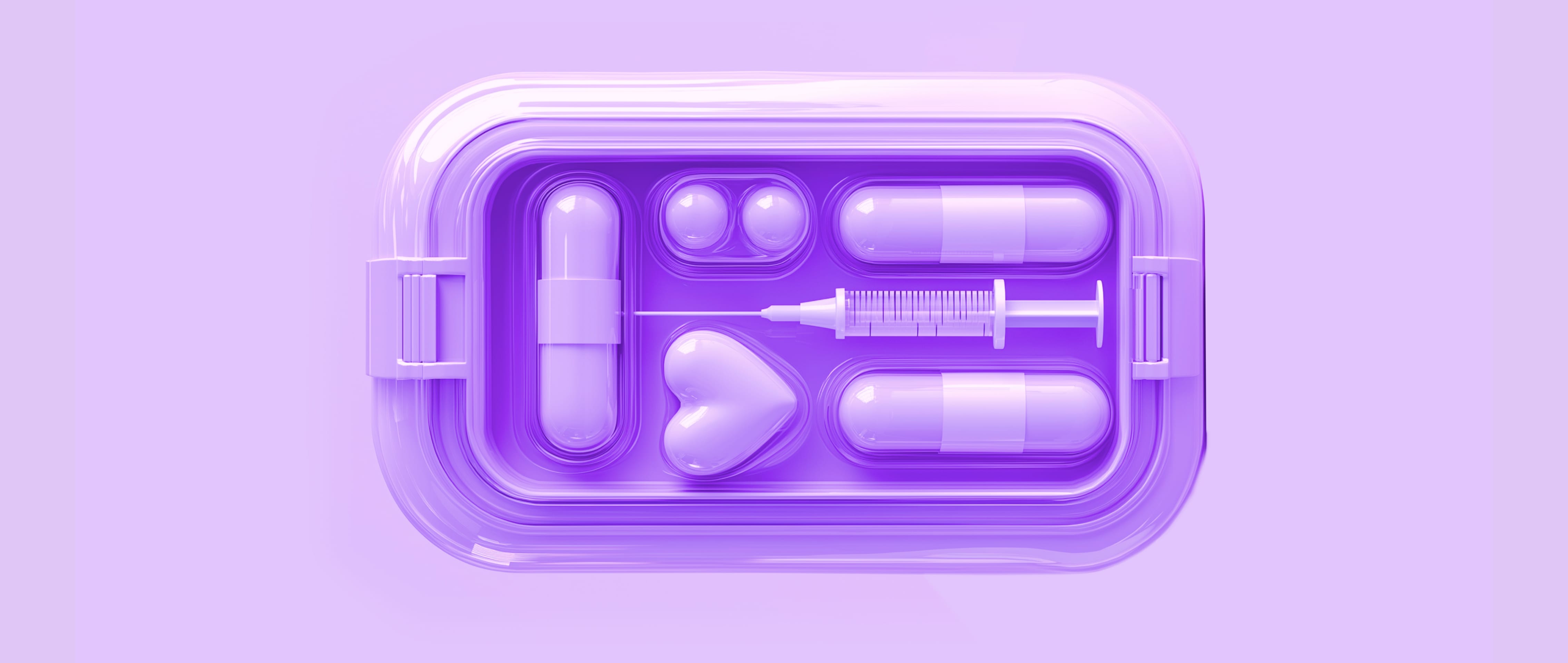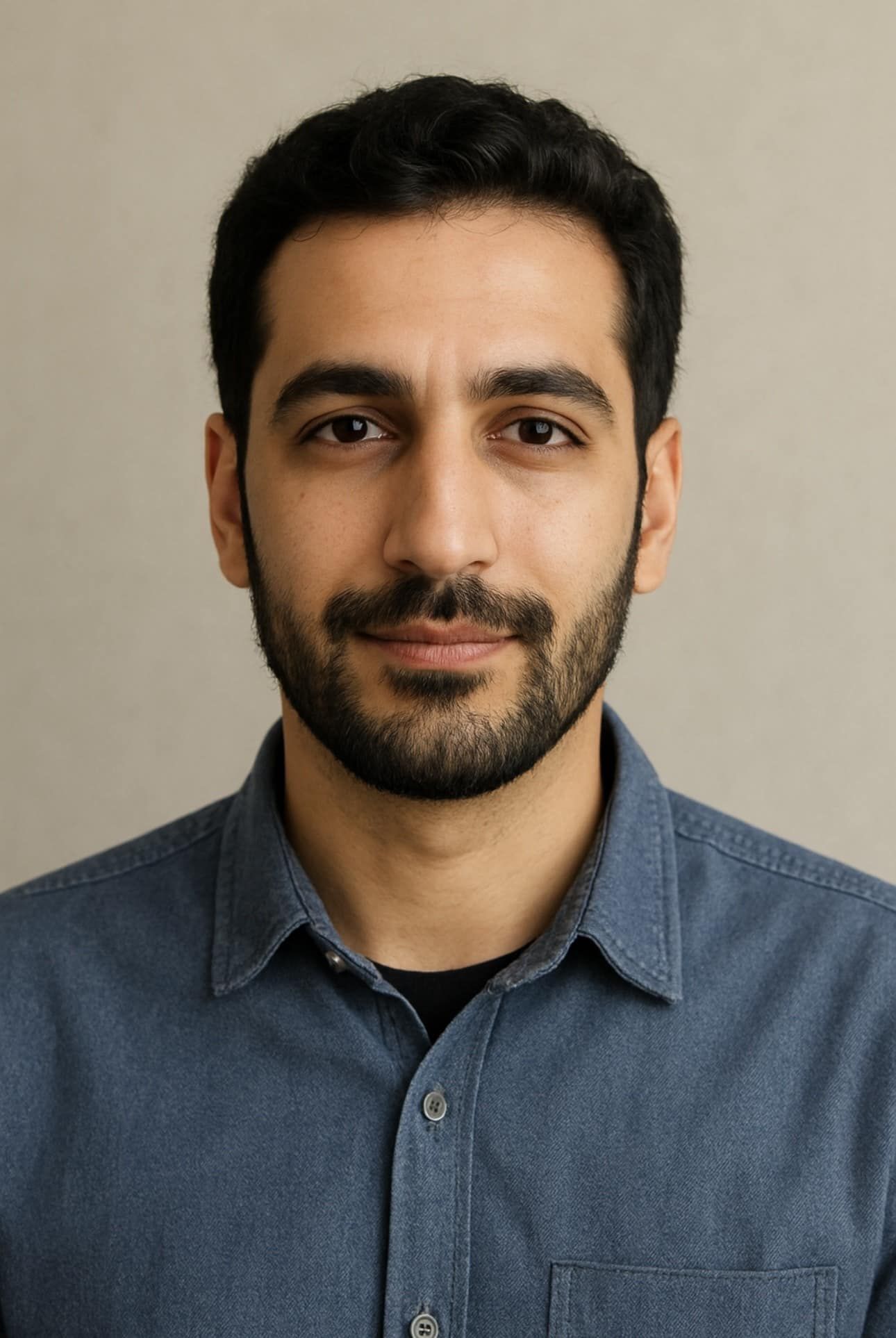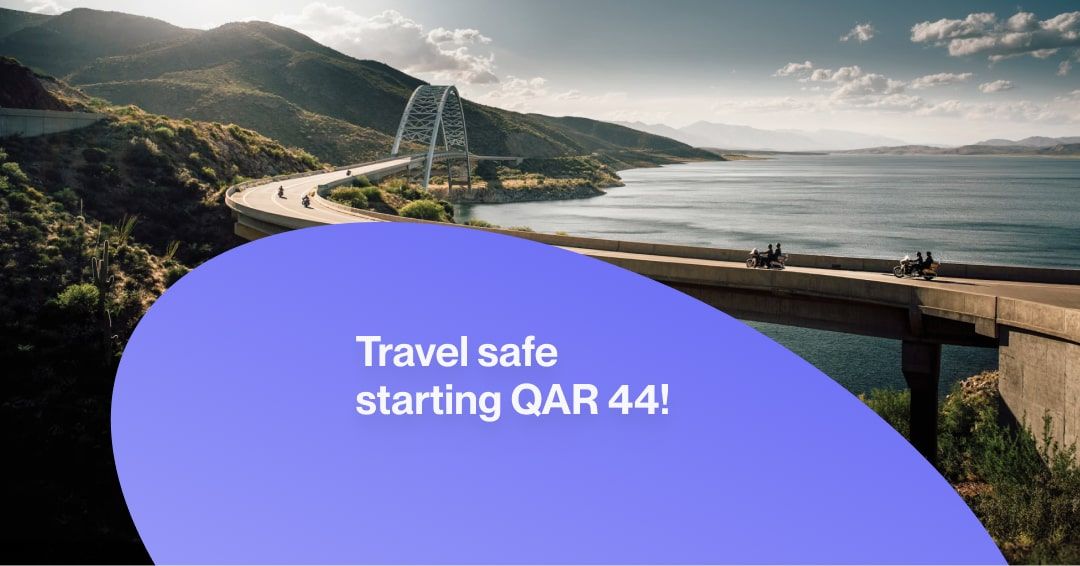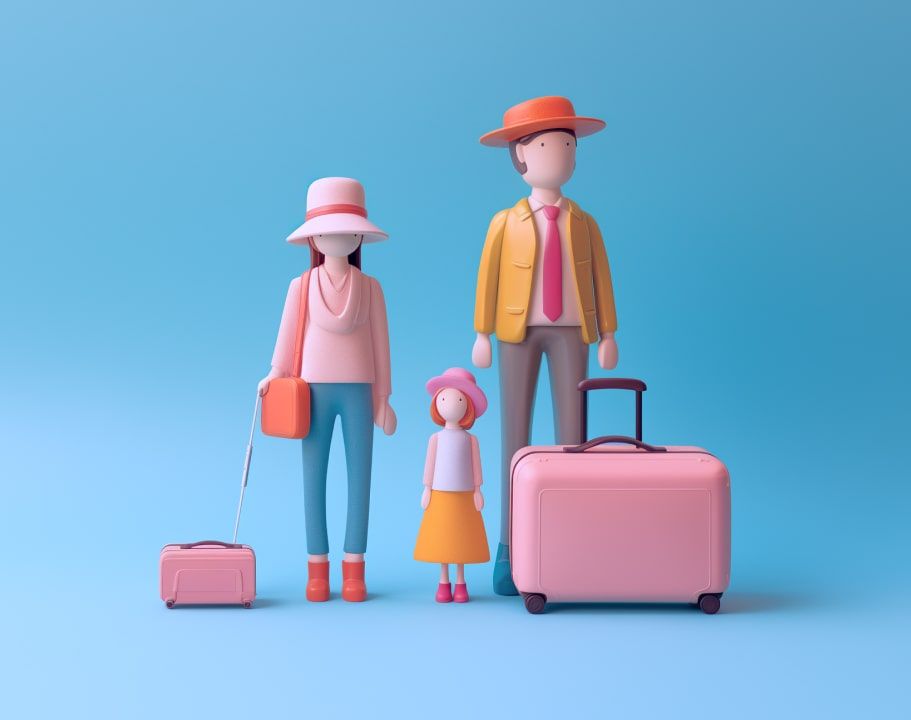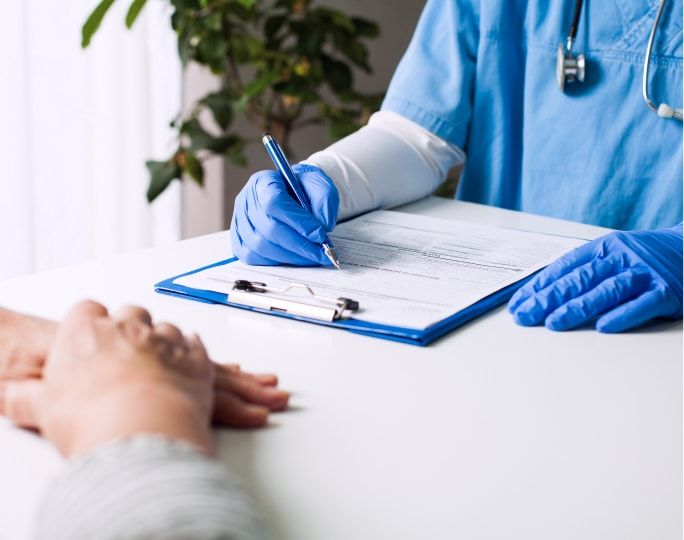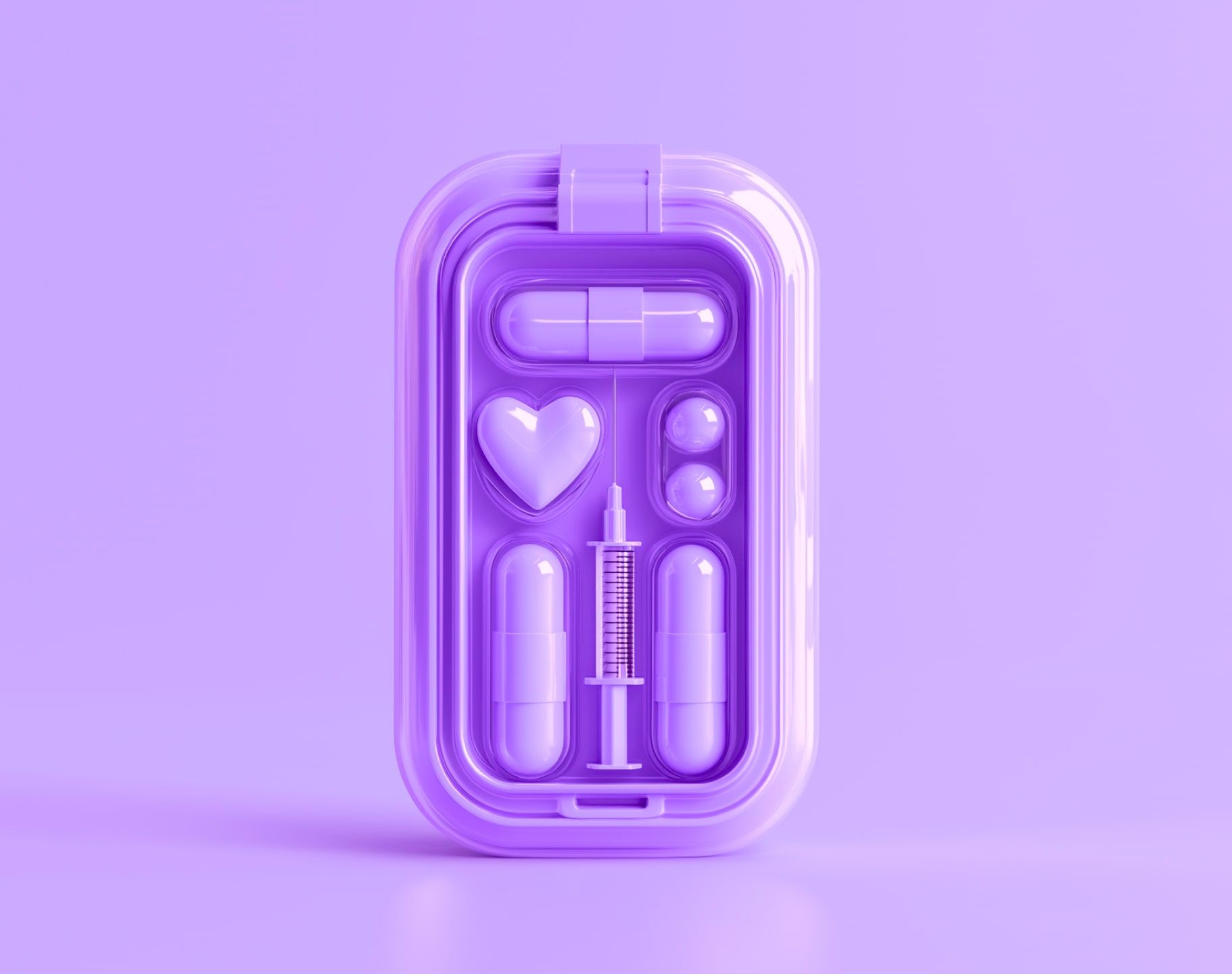Contents
Why every home, office, and car needs first aid kit
Accidents rarely give warning. They can happen everywhere — kitchens, on highways, at the beach, or in the garden. In those first few minutes after an injury, quick action can prevent escalation, infection, reduce pain, and even save a life. A well-stocked kit that’s easily accessible at all times is your first line of defense before professional help arrives.
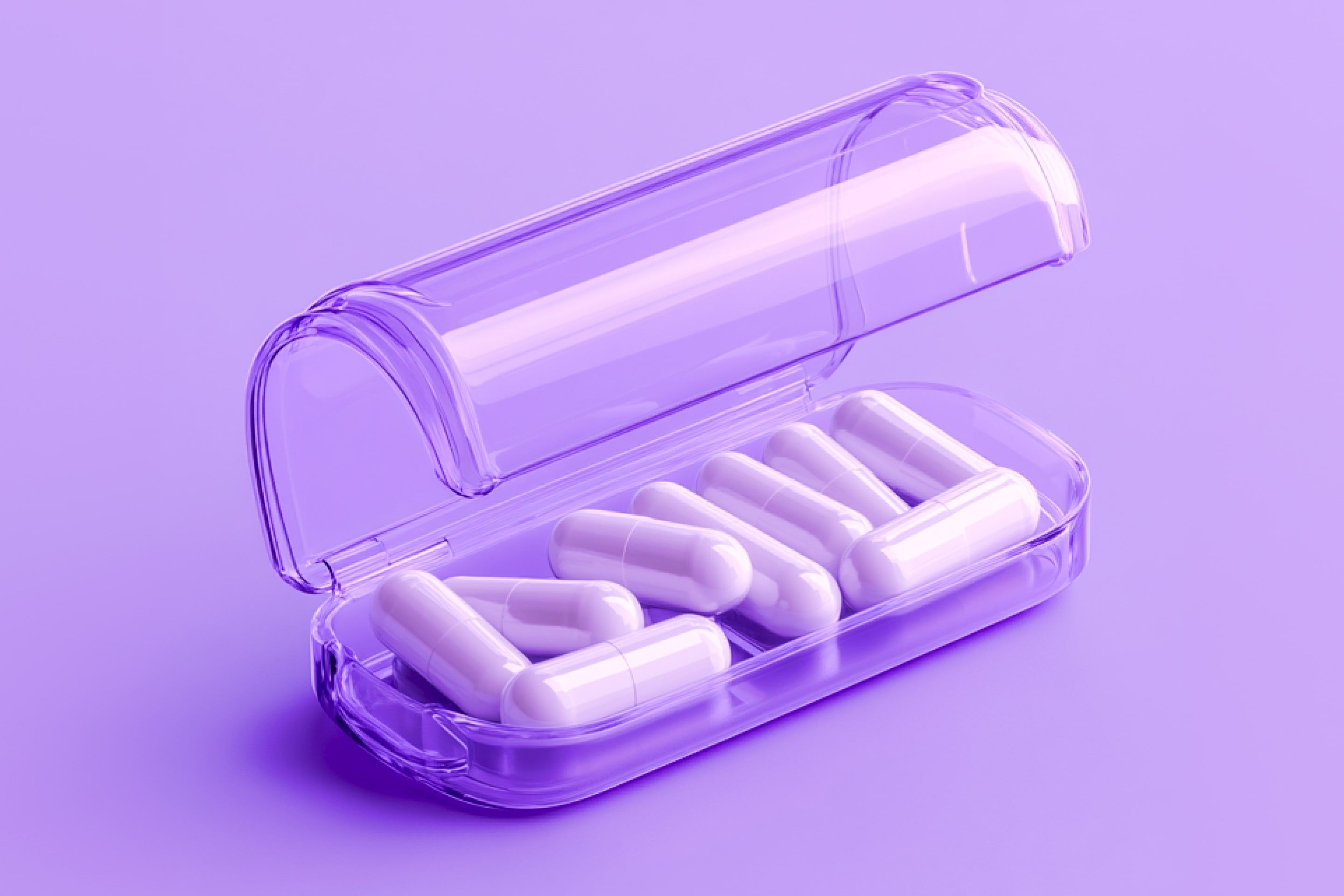
Building your kit: Red Cross-approved supplies
For a family of four, the Red Cross suggests the following as a baseline. These quantities can handle multiple injuries before restocking.
-
2 absorbent compress dressings (5x9 in): These thick pads stop heavy bleeding when pressed firmly on a wound
-
25 adhesive bandages (various sizes): Use for covering small cuts, blisters, or grazes. Choose a mix for fingers, knuckles, and larger scrapes
-
1 adhesive cloth tape (10 yds): Secures dressings, splints, or gauze in place. Cloth tape holds better on skin than paper tape
-
5 antibiotic ointment packets: Apply a thin layer on cleaned cuts to lower the risk of infection
-
5 antiseptic wipe packets: For sterilizing the skin around wounds when soap and water aren’t available
-
2 packets of aspirin (for adults): Can be used for alleviating mild pain or, in certain cases, heart-related emergencies (only under medical advice). Not safe to take if you’re pregnant or with liver and kidney disease
-
1 emergency blanket: Helps prevent hypothermia and can also be used as a shelter, sling, or makeshift bandages when supplies run out
-
1 breathing barrier with one-way valve: Protects both rescuer and patient during mouth-to-mouth resuscitation
-
1 instant cold pack: Reduces swelling from sprains, strains, or insect bites
-
2 pairs of non-latex gloves: Protects your hands from germs and bodily fluids when giving first aid
-
2 hydrocortisone ointment packets: Helps calm itchy rashes from bites, stings, or allergies
-
Scissors: Cuts tape, gauze, or clothing for wound access
-
Roller bandage (3 in): Wraps joints or small limbs for support or compression
-
Roller bandage (4 in): Works well on larger areas like thighs or torso
-
5 sterile gauze pads (3x3 in): Covers and cushions smaller wounds
-
5 sterile gauze pads (4x4 in): Suitable for larger wounds, cuts, and scratches
-
Oral thermometer: Checks for fever; avoid mercury thermometers for safety
-
Tweezers: Removes splinters, debris, or ticks from skin
-
First aid instruction booklet: Offers quick reference when stress makes it hard to think clearly
Quick Tip: Personalize your kit by adding prescribed medications, allergy treatments, and emergency phone numbers for family members, your doctor, local emergency services, and your nearest hospital.
Tailored first aid kits
|
Beach kit |
Kitchen kit |
Baby kit |
|
Sunscreen: Reapply every two hours — more often after swimming |
Antihistamine tablets: Reduce swelling or itching from food allergies |
Petroleum jelly and sterile gauze: Protects delicate skin during diaper rash or wound healing |
|
Zip-top bags: Protect phones, keep dressings dry, or isolate wet items |
Burn ointment: Apply after cooling the burn with running water for at least 10 minutes |
Cotton balls: For gentle cleaning around eyes or ears |
|
Saline solution: Flush sand from eyes or clean small cuts without stinging |
Gauze pads in various sizes: For covering burns or larger cuts |
Nasal aspirator: Clears nasal passages when a baby is congested |
|
Aloe gel: Cools sunburn and helps skin heal |
Antibiotic cream: Prevents infection in minor wounds |
Baby brush or comb: Keeps scalp free of tangles or cradle cap |
|
Clean towel: Dry off before treating injuries; can also act as a makeshift shade |
Adhesive bandages: For small nicks and abrasions |
Medicine dropper: Ensures accurate dosing of liquid medicines |
|
Tweezers: Remove sea urchin spines, splinters, or insect stingers |
Cotton balls: For gentle cleaning or applying liquid antiseptic |
Digital baby thermometer: Reads temperature quickly without the use of mercury |
|
Lavender or peppermint oil: May reduce itching from insect bites |
Hydrogen peroxide or alcohol: Cleans tools and small wounds; use with care as it can slow healing if overused |
Baby-safe antibiotic cream: Only for children over the recommended age |
|
Sting treatment: Neutralizes jellyfish venom and soothes bites from mosquitoes or flies |
Kitchen scissors: Cuts tape and dressings quickly |
Infant toothbrush: For cleaning gums and first teeth |
|
Drinking water: Prevents dehydration in hot weather |
Ibuprofen for infants: For pain or fever, strictly as directed by a doctor |
|
|
Pain relief tablets: Useful for headaches, muscle aches, or mild sunstroke symptoms |
Baby nail clippers: Reduces the risk of scratches |
|
|
Gas drops: Relieves discomfort from trapped wind |
||
|
Blunt scissors: Cuts gauze or clothing near an injury |
Quick tip: If you assemble your own kit, choose a sturdy, waterproof container. Small zipper pouches or plastic boxes with dividers make it easier to find what you need fast.
For expats bringing medicines to Qatar
Qatar has strict medication rules. Always carry a prescription from a licensed doctor for any medicine you bring. Keep all medicines in their original packaging with usage instructions. Some over-the-counter drugs in other countries require prescriptions in Qatar. These include certain cold and flu remedies, hormone treatments, antidepressants, painkillers, and sleeping pills.
Controlled substances that require special clearance include:
-
Morphine
-
Alfentanil
-
Methadone
-
Codeine
-
Ketamine
-
Fentanyl
Before traveling, check the Ministry of Public Health’s updated list of restricted and prohibited medicines. Also note that all non-resident visitors must have valid travel health insurance before entering the country.
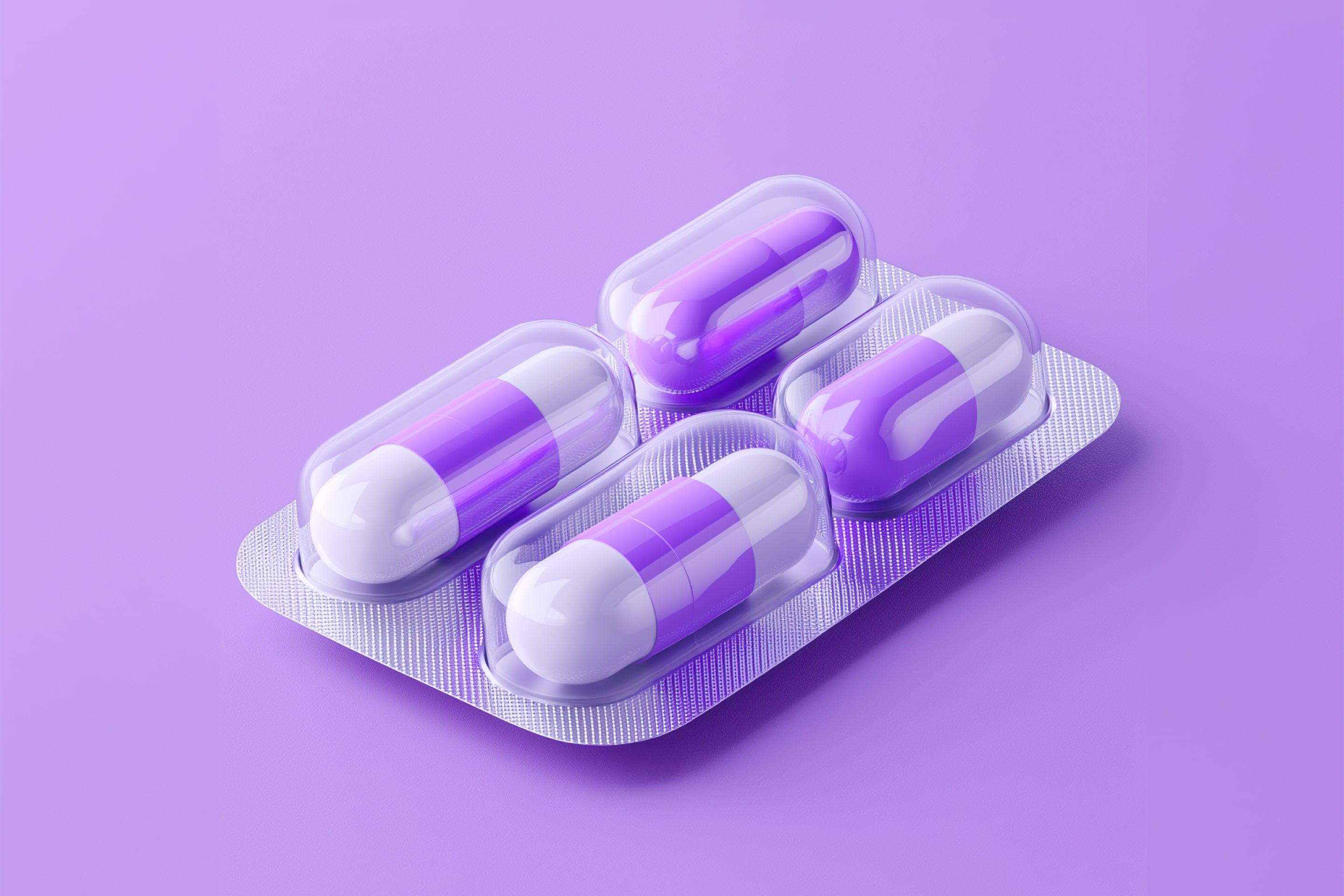
How to make the most of your kit
A first aid kit is only useful if you know how to use it. Review the instruction booklet and, if possible, take a basic first aid course. Teach older children where the kit is stored and which items they can safely handle. Label medicines clearly and store them in a separate pouch inside the kit if they could be dangerous to children.
For households with pets, keep pet-safe supplies in a small, separate box. Check your kit every six months for expired medicines, torn packaging, or missing items. Replace anything past its use-by date, and store the kit in a cool, dry place. Heat, sunlight, or moisture can weaken adhesives, spoil ointments, and damage items like thermometers.
By keeping your kit stocked, organized, and updated, you’ll be ready to handle anything from a scraped knee to a sudden allergic reaction, wherever you are.
